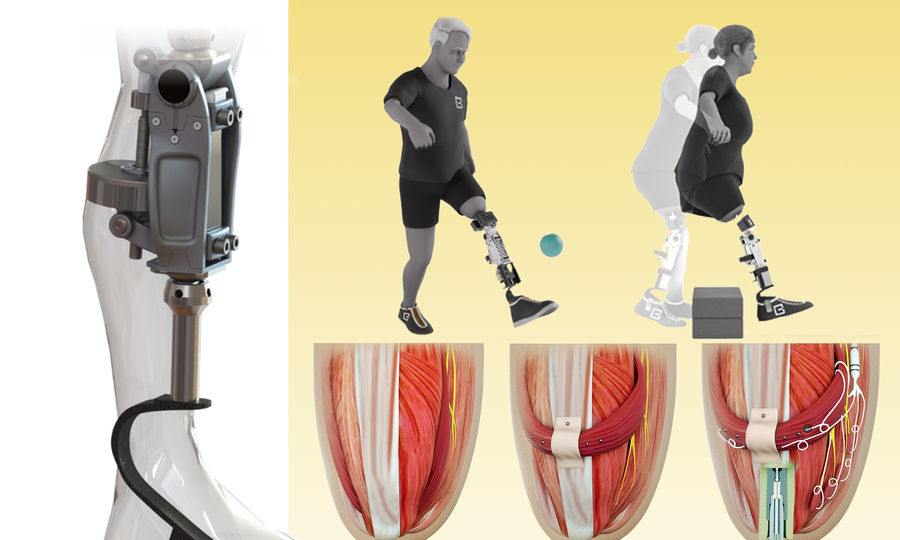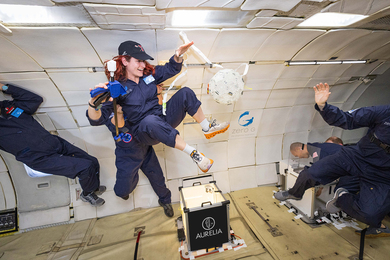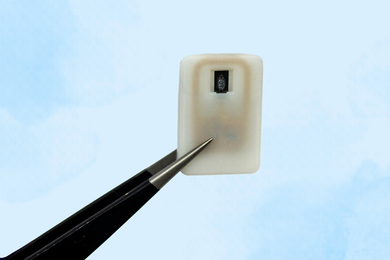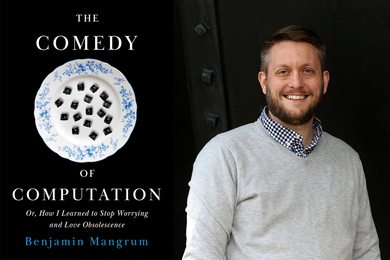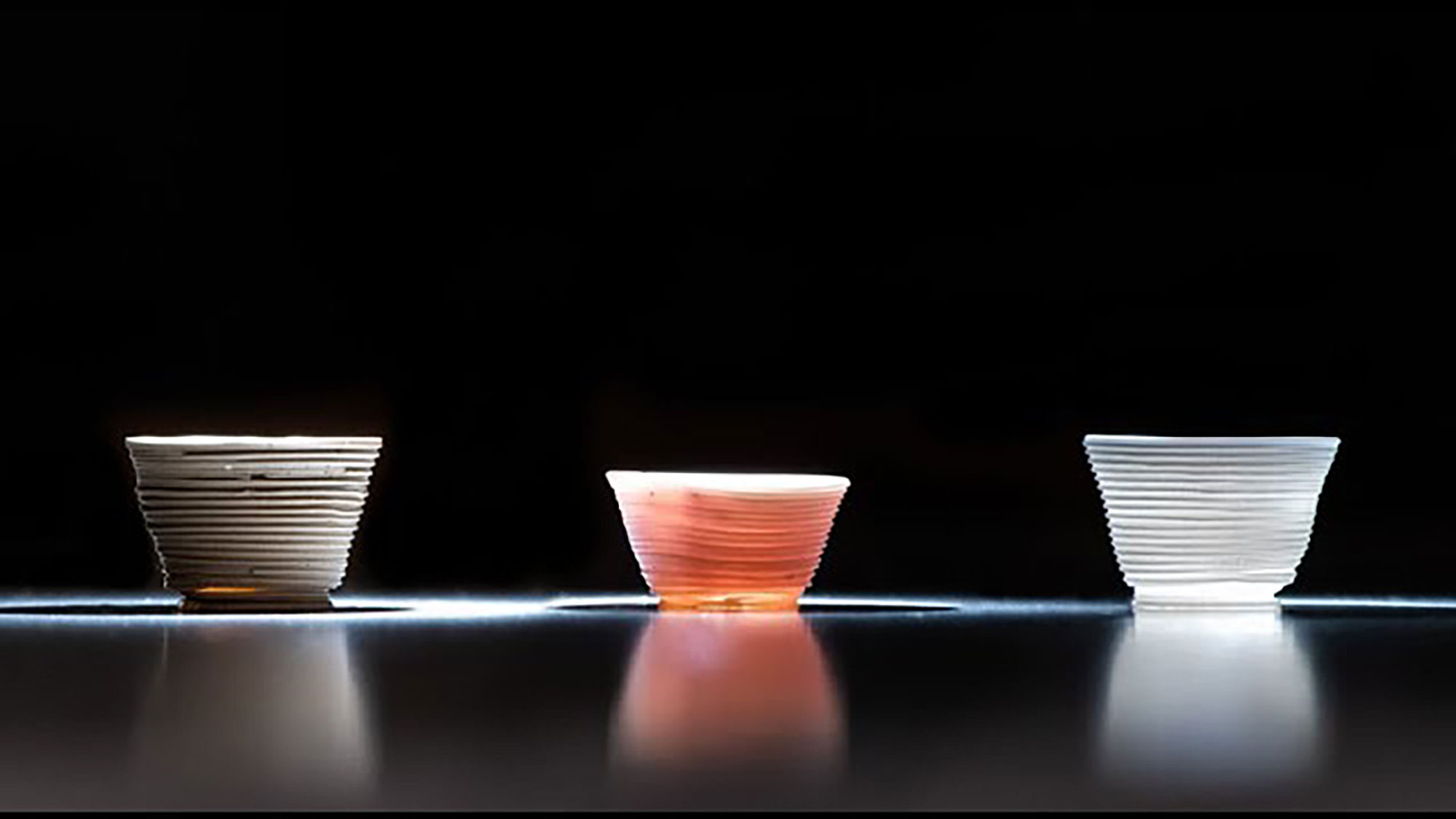Top News
Today’s Featured News
In the Media
Community Updates
Featured Multimedia
Additive manufacturing (3D printing) holds promise for fabricating complex glass structures that would be unattainable with traditional glass manufacturing techniques. Lincoln Laboratory’s innovative approach allows additive manufacturing of multimaterial glass items without the need for costly high-temperature processing techniques.
MIT Face to Face, an MIT-wide community drawing project inspired by 2025 Eugene McDermott Award in the Arts at MIT recipient Es Devlin, aimed to bridge various silos in the MIT community that separate and keep us from knowing one another.
“Orient yourself not just toward the construction and acquisition of new tools, but to the needs of people,” said science communicator Hank Green, in the OneMIT ceremony keynote remarks. He urged MIT’s newest graduates to focus their work on the “everyday solvable problems of normal people,” even if it is not always the easiest or most obvious course of action.
MIT has launched the Initiative for New Manufacturing (INM)—a bold effort to re-imagine how we make things in the 21st century. Building on MIT’s founding legacy in manufacturing, INM brings together leading faculty and industry partners to drive advances in productivity, resilience, sustainability, and workforce development.
In a world without MIT, radar wouldn’t have been available to help win World War II. We might not have email, CT scans, time-release drugs, photolithography, or GPS. And we’d lose over 30,000 companies, employing millions of people. Can you imagine?
